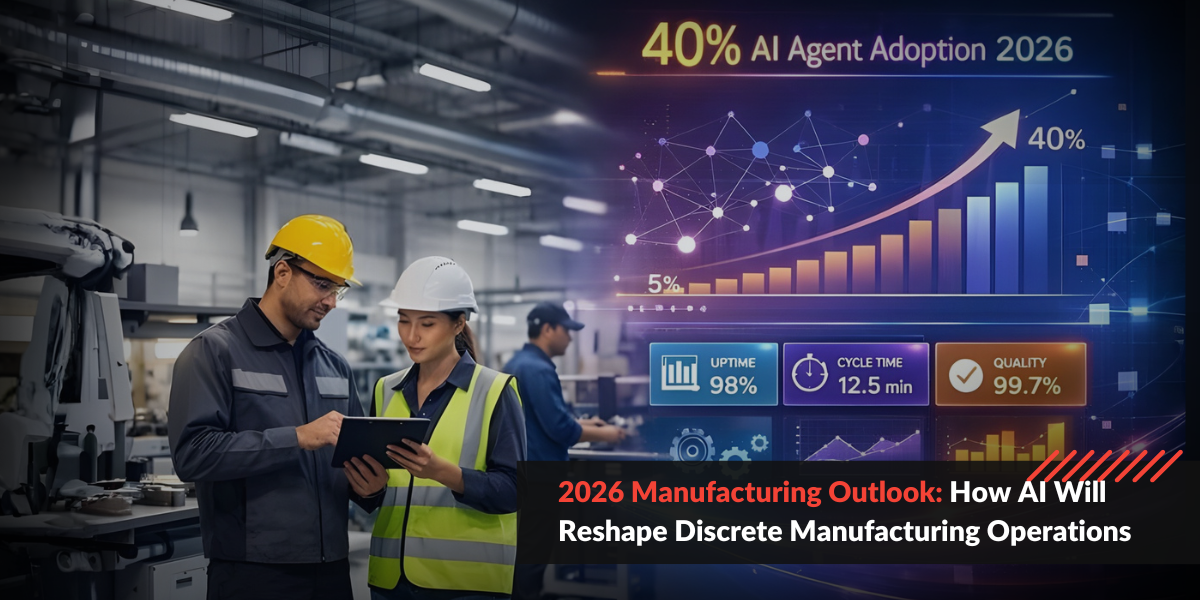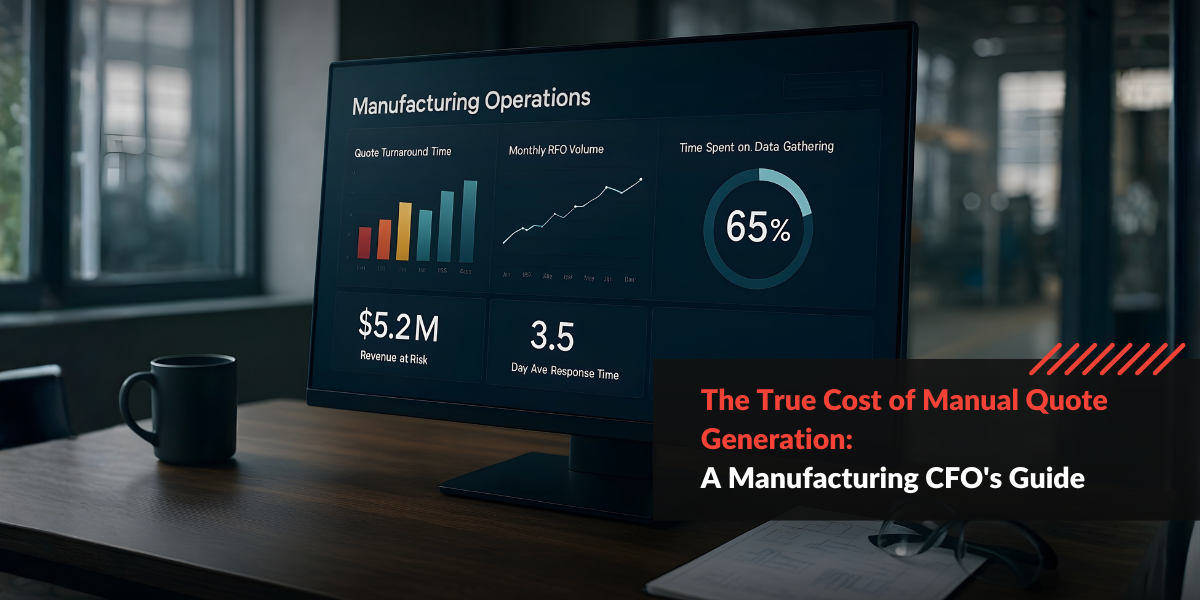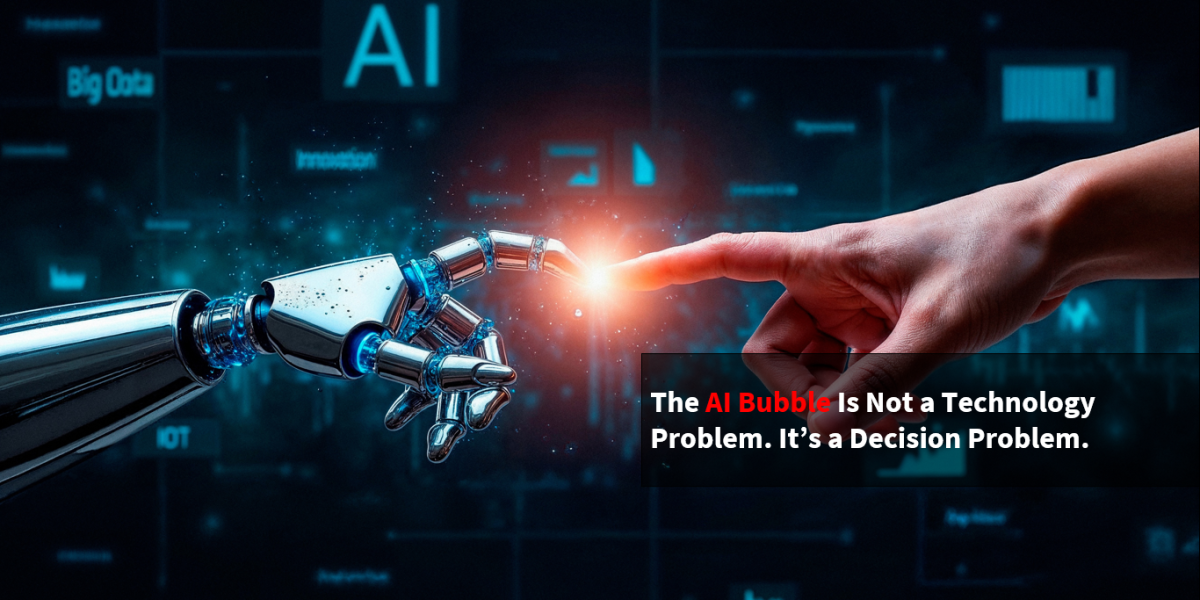The term “orchestration” is gaining momentum in the AI world — but like many rising trends, it’s often interpreted narrowly.
Today, when most companies speak about AI orchestration, they typically mean coordinating multiple LLM agents to perform tasks together. It’s a step forward, no doubt.
Yet, it barely scratches the surface of what true orchestration can, and should, achieve.
At its core, orchestration is not about just stringing together large language models. It’s about bringing together a broader set of intelligent agents, workflows, and systems — each with a specialized role — into a unified, dynamic, and outcome-driven engine.
That’s the difference between agent collaboration and business orchestration.
LLM Agent Orchestration: A Necessary but Limited Start
LLM agent orchestration typically revolves around assigning different roles to different AI models — for example, one agent for research, one for summarization, another for recommendations.
Each agent interacts with another through predefined prompts or plans, collectively attempting to deliver an output.
This model is useful for discrete tasks.
It can handle document generation, basic knowledge retrieval, and isolated decision trees.
But when scaled into real-world enterprise workflows, the limitations become clear:
- LLMs are not designed to trigger or control physical or transactional processes.
- They lack tight integration with backend systems, APIs, and legacy infrastructure.
- Critical functions — like compliance checks, data movement, transactional updates — require more than “conversation.”
Orchestration cannot stay confined to only what LLMs can discuss.
It needs to move into what businesses must execute.
For a deeper dive into the protocols that enable agents to work cohesively, see The Hidden Layer That Holds Agents Together, which explores how memory, context, and planning (MCP), as well as agent-to-agent (A2A) protocols, form the foundation for effective agent collaboration.
Beyond LLMs: The Rise of Hybrid Agent Architectures
True AI orchestration embraces the reality that different tasks need different types of agents –
and that LLMs are just one part of a larger system.
Imagine an orchestration framework that can seamlessly:
- Trigger RPA agents to automate structured, rule-based workflows.
- Invoke non-LLM agents specialized in API transactions, database updates, and backend processing.
- Manage LLM agents for unstructured tasks like summarizing insights or suggesting next actions.
- Monitor task flows, exceptions, retries, and success criteria — across both human-in-the-loop and automated pathways.
This hybrid model does more than talk about work.
It gets work done — consistent, scalable, and secure.
And it’s this model that enterprise AI adoption increasingly demands.
Why It Matters for Enterprises
Enterprises don’t operate in isolated text conversations.
They operate across documents, databases, APIs, machines, field operations, and customer interactions — simultaneously.
Orchestration needs to:
- Unify disparate systems without forcing complete replacements.
- Handle multi-modal data, not just chat prompts.
- Deliver tangible outputs — a processed invoice, an updated CRM record, a scheduled shipment — not just a generated response.
By going beyond LLM agents, orchestration shifts from being a “lab demo” to an enterprise enabler.
It makes AI practical, operational, and impactful — not just conversational.
A Wider Lens Unlocks New Possibilities
When orchestration broadens, so does its potential:
- Multi-Agent Collaboration: LLM agents, RPA bots, API connectors, system monitors — all working as a team.
- Dynamic Process Handling: Adjusting workflows on the fly based on system feedback and real-time inputs.
- Distributed Execution: Tasks executed across cloud, on-premises, and edge environments — orchestrated centrally.
- Human + Machine Symbiosis: Intelligent routing between automated agents and human approvers when exceptions arise.
This isn’t the future.
This is the new standard for AI orchestration — if we are willing to look beyond the narrow lens.
Closing Thought
Orchestrating only LLM agents is like assembling a choir with only one type of voice.
It might sound good for a while, but it misses the depth, complexity, and harmony that true orchestration demands.
In the enterprise world, where outcomes — not conversations — drive success, orchestration must be wider, smarter, and deeply integrated.
That’s where the real transformation happens.
And that’s where the next wave of AI leadership will emerge.
While orchestrating advanced AI systems, it’s important to remember that human-like reasoning in AI doesn’t always equate to logical thinking. Learn more in The Chain of Thought Illusion in AI: Why Thinking Like Humans Doesn’t Mean Thinking Logically.




